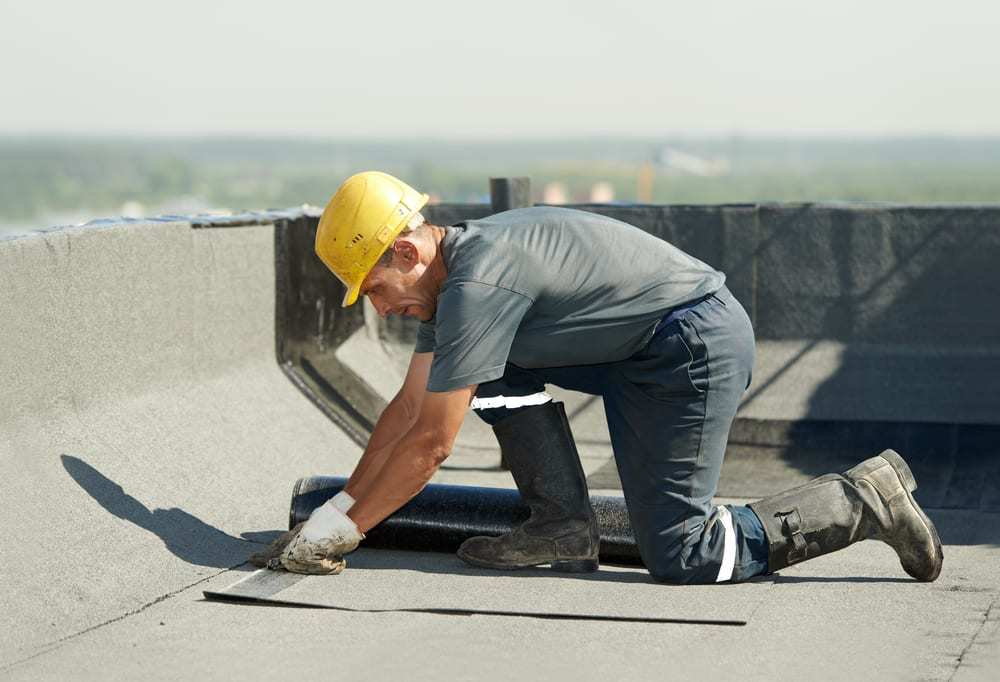Roof assessments are a essential part of home maintenance that often go overlooked. Many householders may not recognize the significance of regular roof assessments and their specifics. When it comes to protecting your home, grasping the roof inspection method can help you detect potential issues before they become major concerns, ensuring both your safety and your investment.

During a roof inspection, professional roofers will examine various components of your roofing system, looking for signs of wear, deterioration, or impending collapse. But what should you look forward to when you schedule a roof inspection? In this article, we'll discuss the essential elements of the inspection method, how to know when it’s time for a new roof, and the significance of staying informed about roofing maintenance and repair choices. Whether you are considering a roof replacement or simply want to extend the life of your current roof, understanding what happens during an inspection is crucial for every property owner.
When to Replace Your Roof
Recognizing the right moment to replace your roof can prevent expensive repairs and protect your house. One important indicator is the roof's age. Most roof materials come with defined lifespans; for instance, asphalt shingles typically last around 20-25 years, while metal roofs can last 40 to 70 years. If your roof is getting close to or has exceeded its expected lifespan, it may be time to start planning for a replacement.
Another significant sign is the quality of the shingles. Look for shingles that are missing, cracked, or curling, as these can weaken your roof's structure. Additionally, if you spot granules from your shingles in the gutters or if the roof has noticeable degradation in various places, it’s a strong signal that you might need to replace it. Routine assessments can help detect these problems early, enabling you to address them before they escalate.
Finally, be alert for signs of roofing troubles indoors. Water stains on your ceilings or walls, mold or mildew in the attic, and increased energy bills can all suggest that your roof is having problems. If you see these signs, it's essential to consult a roofing professional. They can determine the circumstances and help you determine whether a full roof replacement is necessary or if minor repairs can extend its life.
Frequent Roofing Issues and Solutions
Property owners frequently encounter a variety of rooftop issues which can affect the stability and performance in their roofs. A common among the predominant problems is roof leaks, which can be resulting by broken tiles, flashing damage problems, or wear around the area of chimney as well as ventilation. To fix these leaks, it's important to find the source first. Homeowners can check dark areas on the ceiling or stains from water, that show the locations where fixes are required. Temporary solutions such as tarps may be employed until such time as a professional is able to make permanent repairs.
Another prevalent concern is the buildup in rubble on the roof, which includes foliage, twigs, and soil, that may result in mold growth and water pooling. Regular cleaning remains important to maintain proper drainage and mitigate moisture-related harm. Homeowners can arrange periodic inspections and engage experts to clean the roofs and drainage systems. This anticipatory approach not just enhances the roof's appearance but also prolongs its service life.
In conclusion, homeowners should be aware of the impacts of extreme weather, that may cause damage like missing tiles and dented metal roofs. When a storm strikes, it's vital to perform a thorough checkup afterward. Addressing dig this can prevent additional issues. In case substantial harm is discovered, it is advisable to consult a roofing professional to conduct a comprehensive evaluation as well as fix is advisable to ensure the fact that the roof stays strong and free from leaks.
Choosing the Appropriate Roof Material
Selecting the right roofing material is important for ensuring the durability and functionality of your home. Various options offer different advantages and drawbacks that can affect not only the aesthetics of your home but also its long-term maintenance needs. Asphalt shingles are popular due to their cost-effectiveness and ease of setup, making them a good choice for many property owners. On Kearney roof installation , metal roofing provides excellent longevity and can withstand severe weather, though it typically is available at a higher initial cost.
When considering roofing materials, it's crucial to evaluate your local climate, the architectural style of your house, and your individual tastes. For instance, tile roofs are an attractive option in warmer, Mediterranean homes, providing thermal regulation. On the contrary, if you live in an area susceptible to heavy snowfall, a pitched roof with durable materials may be the optimal choice to prevent snow accumulation and potential leaks.
Another important factor is the ecological footprint of your roof material. Sustainable roofing choices, such as living roofs or environmentally friendly products, are gaining acceptance among environmentally conscious property owners. These options not only reduce energy costs but also contribute to ecosystem diversity and improve atmospheric conditions. By thoughtfully considering the advantages and disadvantages of each roofing option and reflecting on long-term implications, homeowners can make an informed decision that suits their needs and wants.
